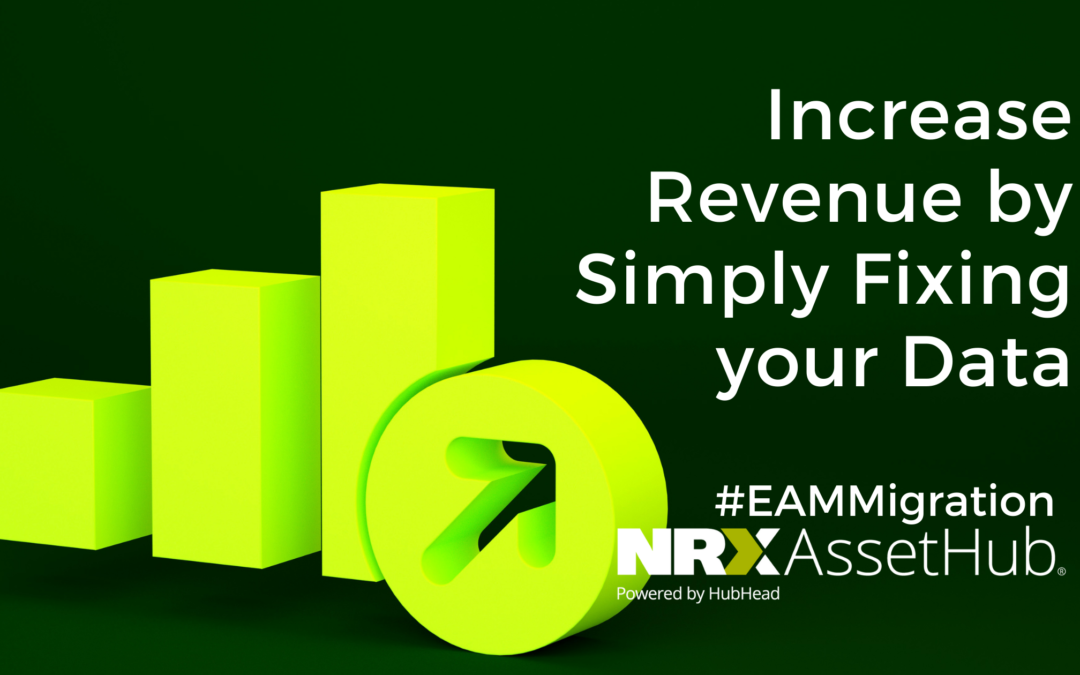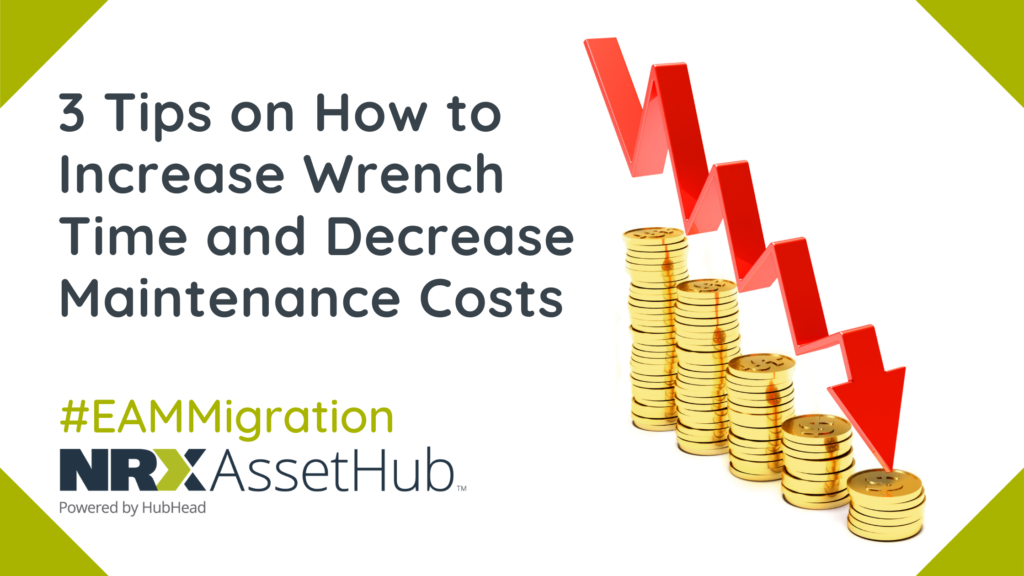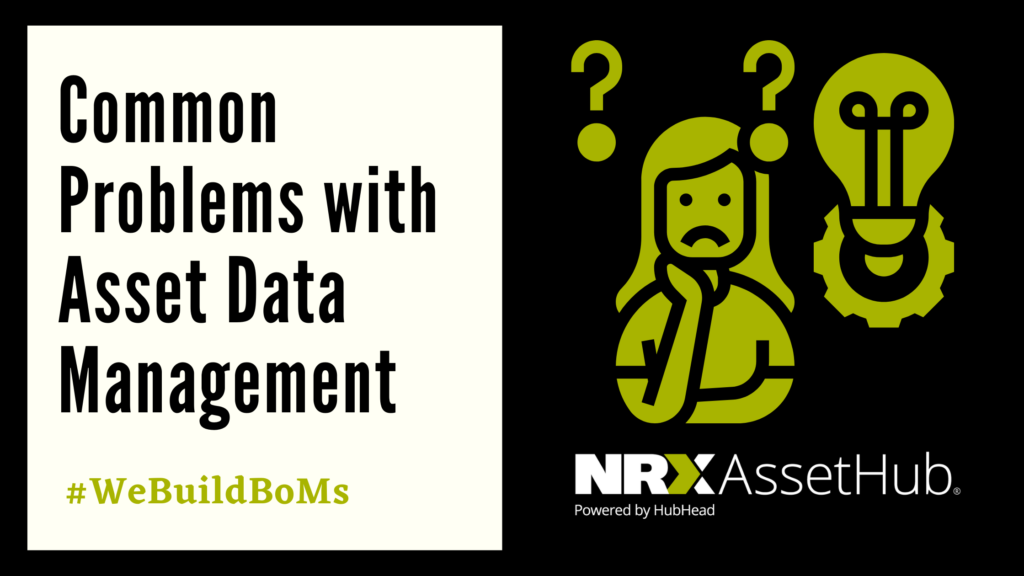The truth of the matter is, high quality asset and maintenance master data will increase your revenue. It’s as simple as that. But what exactly does the relationship between asset and maintenance master data and revenue look like? Read today’s blog to find out.
Bad asset and maintenance master data will decrease your company’s revenue. It’s really that simple. But how does that happen? Good question. For starters, bad asset and maintenance master data can cause unexpected downtime and loss of production, resulting in lost revenue. Ordering the wrong spare parts, delaying critical repairs while you search for the correct information, having to take apart complicated equipment to figure out what parts to order. All these things result from bad asset and maintenance master data.
Fixing asset and maintenance master data can also lower costs. Asset-intensive companies typically spend around 5-10% of their annual revenue on maintenance. That is already a significant chunk of money. In addition, reactive maintenance strategies tend to be 2-5 times more expensive than predictive maintenance. So if you’re not optimizing maintenance to move from reactive to planned and predictive then you are spending too much on maintenance costs. Without a well organized complete asset hierarchy and efficient maintenance plans for your equipment you cannot effectively optimize maintenance. And your investments in Asset Performance Management and Predictive Maintenance solutions will not likely lead to the cost savings you expected.

How does asset and maintenance master data get dirty in the first place?
This is an important question, to which there is a wide range of answers. Not setting it up correctly in the first place, not having appropriate corporate standards, not having people with the right maintenance and reliability skills assigned ownership of keeping it accurate and UpToDate, not having solutions to help them and forcing them to rely on error prone spreadsheets. All of these things contribute to bad asset and maintenance master data..
One cause that is not spoken about often is the knowledge gap between the older generation and the younger generation of workers. When experienced workers retire, it is very important to document the processes and systems used in as much detail as possible to be passed down to the incoming workforce. Without access to such valuable information and a solid foundation to support new hires, you are at increased risk of inefficient maintenance work.
Continuous maintenance of asset and maintenance master data is hard. Repairing inaccurate data and accepting the increased expenses that come with it is also hard. So, choose which path your company will take. Make sure your asset and maintenance master data are in top shape before migrating to a new system with NRX AssetHub and keep it in top shape on an ongoing basis using NRX MDG. Our solutions are designed to ensure asset and maintenance master data accuracy for a successful EAM migration and for ongoing operations. If you would like to learn more about our solutions feel free to book a demo and our team would be happy to help!
3 Tips on How to Increase Wrench Time and Decrease Maintenance Costs
Common Problems with Asset Data Management
Benefits of Migrating to a New EAM System
Share this article




